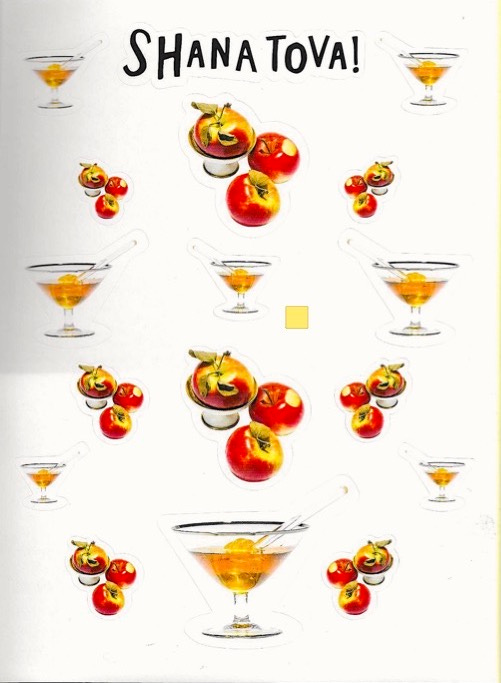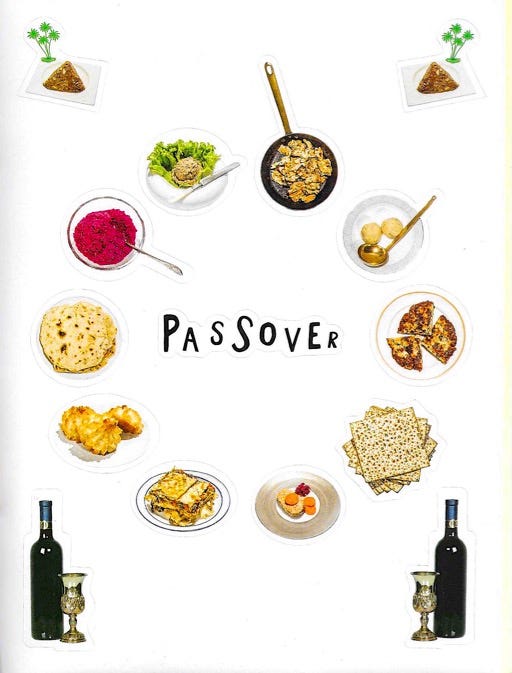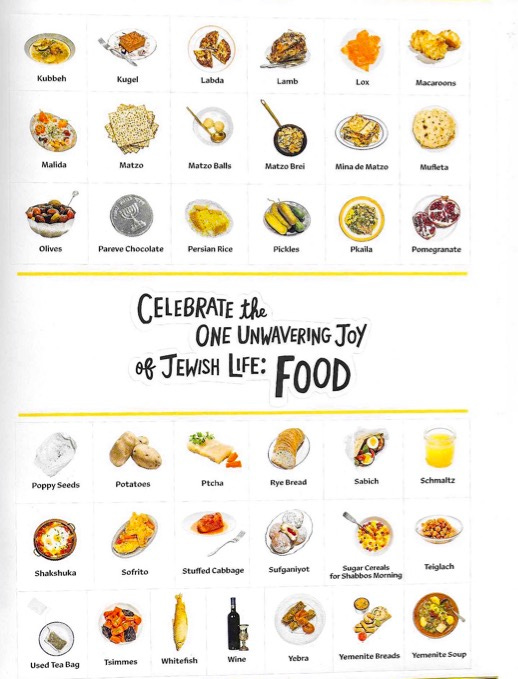Like most people, I’m a huge fan of fun. I have an endless craving for it, sometimes in ways that make my life distinctly not-fun—like when I agonize over having enough time for it, if I’m getting enough of it, if I’m maximizing my ability to have it. Everyone has their own definition of fun, but to me, it’s lightness, as much freedom from worry as one can get, lack of inhibition, silliness. I’m stating the obvious, but bear with me.
I love escape rooms, board games, arcade games, most things that can be classified as an “activity”. It’s not that I love the gameplay itself so much, fun as that can be. In fun, your immediate priorities (read: stressors) change, and that feels really good. You shift into a different mode.
I’ve always had this eternal dismay that visually, the real world isn’t nearly as imaginative or creative or fun as it is in fiction. I love Mario Kart for its visual universe, not the racing. I feel a strange & restless ache every time I watch…well, most things that take place in a world less industrial and drab than ours.
Dweeby note: Interestingly, fake things are super satisfying when they mimic reality, in part because we have the resources to do them justice. All the elements already exist! A fake and perfectly recreated subway station is a billion times cooler than a real one, even if they look the same. When I worked at the Brooklyn Children’s Museum, my (and seemingly the kids’) favorite part was the facsimiles of real Brooklyn storefronts. When I was younger I had the idea for a “fake” hotel, which was actually just a real and functioning hotel; for some reason, I’d be a sucker for that. Maybe I’m a total freak. I don’t know! Let me know!
My point is that the flip side of immersiveness—and in a way, a synonym for it—is removal from environment. Doesn’t that desire sound familiar? Constant bad news, too many stimuli, economic stressors, panic about the world at large?
Something else people would call fun: going out. I go out several times a week, and while I’d definitely call it fun, it’s a different kind of fun. Your priorities don’t shift the same way, and you’re still in the same world you woke up in—it’s just lit differently and with louder music. And sometimes, that’s exactly what we want. When quarantine was ending in NYC, people went nuts. I wasn’t even here for the first part of that era, but I know that it was ~legendarily wild~. People MISSED the real world! People had been playing Animal Crossing and board games for what felt like decades, and they were beyond tired of living in Tom Nook’s dungeon or whatever it is you do there. They wanted to hang out and stay out all night, literally & metaphorically touching as many things as possible. As we all know, we achingly missed the up-close, very tangible things we used to take for granted.
Now, a couple of years later, we seem to be over that extreme hump. People who were regulars on the scene stay home a bit more, or go to bars & restaurants instead of clubs. Old going-out groups have scattered. Many places that were staples of nightlife have become too Tiktoked and now there’s a line, or the entire staff has turned over so your friends don’t even work there anymore, or they’re too expensive, etc. etc. Or maybe there’s just so much weight on everything right now, between every social media platform and the party flyers and lines and in-person interaction.
When fun becomes a hassle, it’s suddenly not fun. Alongside it all, I’ve noticed that the adult desire for games and other seemingly childlike activities is through the roof.
Examples: there’s a chess party at Manero’s where people actually play chess. People have birthday parties at Dave & Buster’s. (If I may brag, my girlfriend and I have accumulated enough points over the last year that we won the branded decanter and glasses, which come in a Pulp Fiction-esque briefcase. Embarrassing? You decide.) Everyone’s roller skating (Flipper’s popup in Rockefeller Rink, a new rink at the Standard Hotel, TWA at JFK Airport, DiscOasis at Wollman Rink). I’ve somehow heard multiple people say they want a casino with games like Uno rather than poker. Everyone’s bowling. People are getting more creative, too—while the quantity of parties isn’t slowing down, they’ll often come after poetry readings or arthouse movie screenings. There’s huge attendance at class where you build your own furniture. One of my friends who works in hospitality made a poll on her Instagram, asking what type of establishment people would want in the city; they said “a bar-ish place to play board games.” Interesting that people didn’t say a board game cafe—we do still want these things to share traits with nightlife, because that definitely adds a certain allure and excitement. The aforementioned activities are probably not substance-free. That said, an increasing number of people are sober these days just because they want to be.
Seemingly unrelated, but definitely related: if you’re on social media, you’ll know that life is so niche-ified that you can’t really do anything without it meaning something. The internet is so collectively obsessed with categorization (see: “aesthetics” and “cores”) that nearly every component that you think you picked yourself means something. What bar do you suggest to your friends? What night do you go? (The Woods is an entirely different bar on Wednesdays.) What perfume do you wear? How do you text and what phrases do you say to your friends? How far out of your neighborhood do you generally travel? Where do you get coffee?
Put together, you can be specifically categorized in a heartbeat, whether you like it or not. Ultimately, you have to decide that it is all entirely neutral, and that you don’t care what any of it means. Nobody can escape it and everyone has parts of everything. You try to escape it and you enter another realm of categorization, seeing all these things you thought you arrived at organically encapsulated in a meme.
As a bit of a mindfuck, given how many nesting dolls of categories there are, it actually means that being categorized means nothing at all. If every combination of traits would result in a certain “type,” there’s no way to avoid it, so actually maybe you DID come upon everything organically.
We’re trapped forever. The best option is to ignore it all and go where you want to go, and if that’s an arcade, so be it. Obviously, I worry that the phenomenon of categorization will eventually attack the innocuous fun as well. But that’s life (read: capitalism and the internet?)!
My point, in all of this, is that—at least in my world—people are craving something. I don’t know if it’s a reaction to the general sense of doom/gloom, or reversion to childhood via the panic caused by growing up, or exhaustion caused by all that being a person entails. But there’s more talk of “silliness” than ever, and we should probably all think about what that indicates. In the meantime, good luck!
And now:
I recently went to see “I’ll Have What She’s Having”: The Jewish Deli at the New-York Historical Society, which a) was just delightful and b) made me hungry enough to wish the line at Katz’s wasn’t always so devastatingly long.
A fun Katz’s alternative: S&P Lunch (which stands for Sandwich Place!), in the same location as the old Eisenberg’s Sandwich Shop on 22nd and 5th. It tends to be packed, but I liked the latkes and matzoh ball soup, a good sign. They were out of pastrami when I was there, which either bodes well for their pastrami on rye OR bodes poorly for their fridge-stocking tendencies. I will also brag that, since I was there on its first real day or two, I snagged a baseball cap which says 212-691-TUNA.
“I’ll Have What She’s Having” looks at Jewish immigrants’ impact on the way America eats and connects over food, and emphasized that delis were, and are, a place for community above all. They’ve been places for healing—particularly for Holocaust survivors—and sites for tremendous humor and culture. (To state the obvious, all of these concepts are intertwined, rather than contradictory.) The piece of the exhibition I didn’t quite predict was how aesthetically FUN it all was! Visually, it’s a delight, from the menus’ typefaces and era-specific, celebrity-named sandwiches, to the funny-but-not-annoying neon signs. There’s even an incredibly detailed model of Katz’s.
I obviously had to go to the gift shop and pick up two (one for me, one for my sister) copies of The Jewish Foods Sticker Book. What can I say? Stickers, Jewish foods, etc. etc. You get it. See below! The insane rise of stickers is a whole other discussion (does Glosseir get credit for the new standard that is sticker-with-purchase?), but I like that they’re getting acknowledged for their ability to be art-adjacent. Look no further than the John Derian Sticker Book; the only problem is that you never want to use them because they’re so precious.




Love you, love you, bye!



